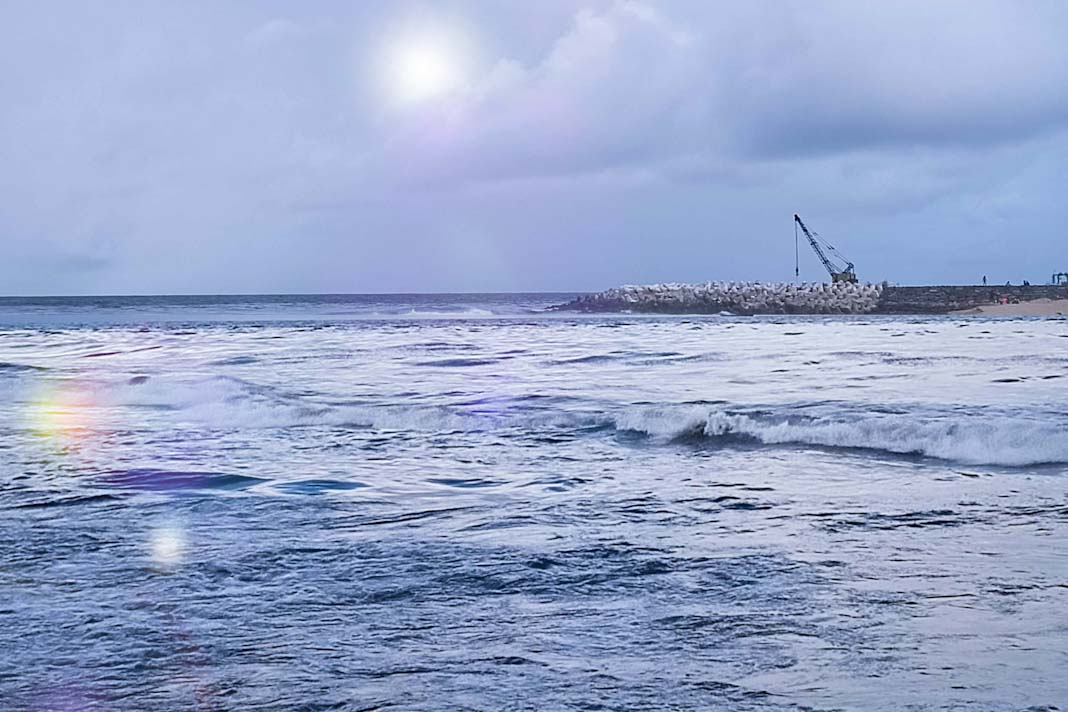A port is an area or platform entered into from the sea, by vessels, boats, and ships. It also allows for protected staging, anchoring, or docking for ships to load and unload consignments and continue toward their destinations.
About Deep Water Ports
A deep water port is constructed in deeper waters, normally 30 feet or more, while a regular port goes up to only 20 feet deep or a little more. In simple terms, deep water ports accommodate the largest ships with the deepest draughts.
Difference Between Deepwater Ports & Regular Ports
The main difference between deepwater ports and regular ports is in their water depths and ability to accommodate vessels of different sizes.
- Deepwater Ports have a minimum depth of 45 feet or 13.7 m while regular ports can be shallower.
- Deepwater Ports can accommodate post-panamax ships, ultra-large container vessels, the biggest bulk carriers, oil tankers, and LNG ships.
- Deepwater facilities have more advanced infrastructure and incorporate the latest technologies and equipment such as massive cranes, extensive storage areas and enhanced intermodal connections.
- They are usually located in naturally deep harbours or regions where extensive dredging has been done while regular ports can be found in coastal and inland regions.
- Deep water ports handle more cargo volumes and have a massive economic impact on the economy compared to regular ports which see less ship traffic and handle small vessels with limited draught.
For instance, a deep water port handling containers for LO/LO ships is expected to have track-run cranes capable of lifting containers 22 rows deep without vessel turns. Also, deep water ports which see significant traffic should have a minimum of 8 to 10 cranes capable of simultaneous operations for at least two Panamax ships at the same time.
A Brief History
The opening of the Suez Canal in 1869 and the Panama Canal in 1914, revolutionized shipping and led to the development of new deepwater facilities to accommodate massive ships.
After the Second World War ended, maritime trade increased along with the development of containerization. Hence deep sea ports and advanced cargo handling facilities were needed.
This need was further expanded by the growth in the oil tanker sizes to have ports for accommodating the very large crude carriers or VLCCs.
In the late 20th century, globalization and the rise of economies such as China further drove port expansion and modernization. This trend continues as even bigger container ships are being built which has prompted the deepening and expansion of several deepwater ports.
Types Of Deepwater Ports
- Container ports that handle the biggest container vessels
- Bulk ports to accommodate dry bulk cargo like coal, grain, and ore
- Oil terminals which deal with crude oil and petroleum products
- LNG terminals which specialise in liquefied natural gas
- Multi-purpose ports that handle various types of cargo
Features Of Deep Water Port
- Modern & diversified
- Deep sheltered waters
- Track record in oil and gas
- Onshore and offshore renewable support
- Premier Cruise destinations
- Good communication links
- Skilled labor force
- 24-hour access
Famous Examples of Deepwater Ports
Port of Sines, Portugal: Said to be the deepest port in the world, with a maximum depth of 28 m, this port spans 2200 hectares and is known for specialised facilities like its Liquid Bulk Terminal and the Container Terminal which can accommodate vessels with a depth of up to 16 m.
Yanghshan Port, China: Said to be the largest automated container port in the world, this facility can handle the biggest container ships with a maximum depth of 27 m.
Port of Rotterdam, the Netherlands: With a depth of 24 m, it is the third deepest port in the world which grew from a tiny fishing port to a major commercial hub, mainly due to its location on the river Rhine which connects to the North Sea.
Did you subscribe to our daily Newsletter?
It’s Free! Click here to Subscribe
Source: MarineInsight

















